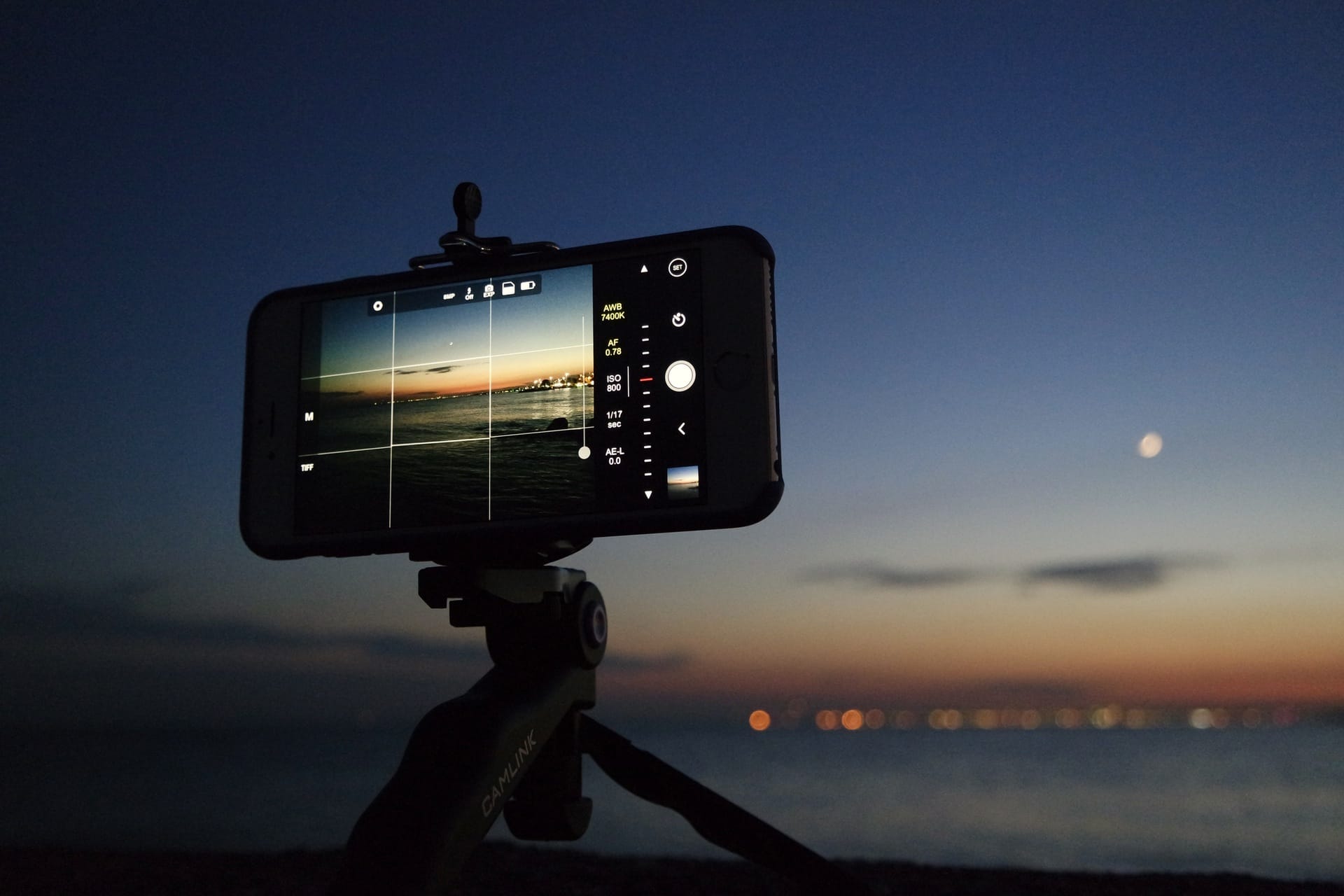Creating social media images that stand out from the crowd is incredibly important. If the image isn’t clear, captivating, and chosen to fit within the company brand it can have a negative impact on the viewer’s impression of the company. Alternatively, a well-chosen image that has been carefully cultivated to impart a message that resonates with branding and customer expectations has the potential to create buzz throughout the social media channels on which it is shared.
There are two important components in creating authentic and memorable social media images; finding the right picture and editing it effectively. It is possible to address both components at no cost. Doing so for free may require more time, creativity, and design flexibility. For those who have a more substantial budget the options are truly limitless.
Finding Social Media Images
The first step to creating memorable social media images is choosing the perfect image. There are numerous online sources that can be used to help bloggers and businesses find the perfect picture, graphic, or video to promote their social media efforts at an acceptable price point. Remember when searching for the background of your image not to limit yourself. Be willing to experiment with vector images and short video clips if they speak to your objective.
Pixabay – This site has free images that are available to be used with Creative Commons copyright rules. At last count there were nearly 500,000 images to choose from. These include not only photographs but also vector graphics, illustrations, and videos. They can be used for commercial or private use and can be edited and altered as desired which makes them ideal for a variety of social media purposes. Many are free to use without requiring license attribution, so you don’t have to share credit.
Freepik – This company specializes in vector graphics that are required to meet some of the highest quality standards in the industry. They have implemented a freemium policy which ensures the majority of the images they offer are available to be used for free. The only requirement is that the illustration being used is credited back to Freepik. A monthly premium subscription opens up even more vector images and allows any image selected to be used without attribution.
LibreStock – This is one of the most comprehensive image search engines available. It searches numerous stock photography sites to produce the most relevant results that all are under CCO license. It’s a great way to find a wide variety of images that can be freely used, modified, and distributed without restriction.
Unsplash – This collections features stunning high resolution photographs. Through email subscription or by visiting the site daily it is possible to receive 10 new images every ten days completely free. These can be used without crediting the source of the image in any commercial or personal project. The images are presented in the larger more visually impactful version. However, it can be easier to load and view past collections by selecting the grid format.
PicJumbo – This site has several membership tiers as well as a selection of images that are available for free. While the free options are not as extensive as some of the other websites in the list, they premium membership is reasonably priced and provides new images to members every month. Higher level membership packages provide access for entire teams with a single count.
IM Free – Not only does this site offer free images for social media purposes, it also has a variety of other design resources. Some of these include button makers, templates, and icons. This can be especially useful for those who are looking to develop brand identity with cohesive components.
Gratisography – This is one of the only sites that has work created entirely by one photographer. Ryan McGuire offers a remarkable collection of his images royalty free to be used for personal or business purposes. New high resolution images are added weekly and announced via social media channels. These definitely have a creative flare that is a bit edgier than images found in other stock sites. For those with a quirky sense of style, this is a true gem.
Adobe Stock – This is one of the most natural selections, especially for those who already use one or more of the Adobe editing products. Their stock images are easily accessible from all of their editing platforms and are moderately priced. While most well known for their high-quality images, there are also a surprising number of videos and graphics available. As an added benefit, it is possible to preview the watermarked images within one of the Adobe apps before deciding whether or not to make a purchase.
Editing Images
Once you have artwork that will work with your concept it is time to create social media images that will bring your vision to life. It is important to note that one design will not fit all platforms. Images designed to be shared on Pinterest are vastly different from those that are used on Twitter or Facebook. Be sure to choose the platform and design tools that will create a design appropriate for the social media channel you intend to distribute it on.
There are many powerful free options available that allow the average person to create images that would have only been possible for a graphic designer a few short years ago. The level of editing skills needed and options available vary widely between the following options. All have a free version which makes it easy to try various editing platforms out to find the one that works best for your skill level and design needs.
Adobe Spark – This is one of the most powerful free tools available. It allows you to create social media banners, posts, videos, and even pages completely free. As mentioned previously, it is integrated with Adobe Stock and there are numerous free image options available as well as the ability to upload your own image to work with.
For social media posts there are template options that make creating copy for a specific platform easy and intuitive. You can add a variety of tinting effects, borders, and text to create a branded message. There is also a mobile app that makes creating on the go almost instantaneous.
Canva – Canva has a free platform that is robust and user friendly. The free templates are broken down by design type, channel, or document with many options available in each category. It is also possible to create an image using individually specified dimensions. As with Adobe Spark, it is possible to search through a catalog of stock images or to upload your own image. Many of the images in the Canva library are entirely free to use while others available for purchase at only $1 each. One of the more unique features of this platform is the ability to overlay images to create something with your logo prominently featured.
Canva for Work is the subscription based service that offers more flexibility by providing far more options. It is possible to save colors, fonts, logos, templates, and transparent backgrounds. It also gives you the option of uploading your own fonts and creating custom folders and has features that promote team collaboration. The resizing feature available with the Work package makes changing social media platforms with one design much easier.
PicMonkey – PicMonkey is one of the darlings of social media aficionados. There are numerous filters, fonts, and effects that can be used in an almost endless combination. The one drawback for using PicMonkey is the lack of image integration. It is easy to upload your own images but finding one to work with needs to be done outside of the site like those listed above. The other option is to use a solid or textured background, which can be stunning in its own right. These can be further modified with a number of tools such as overlays and themes. One of the really great features of using PicMonkey is that you do not have to sign up at all and can use the basic features directly from the website. However, with this option ads are prominently displayed.
As with many of the photo editing websites, there is an upgrade available. PicMonkey Royale. With the monthly subscription there are more effects, touch-up tools, fonts, cloud storage, frames, textures, overlays, collage layouts, and no ads. Both options can be accessed with the mobile app.
Gimp – This is an open source platform that is completely free to download and works in a way comparable to Photoshop. If you have the ability to code using Perl, Python, or Scheme it is possible to create some truly impressive customization options for your social media images. You can use it to create social media icons, backgrounds, banners, gorgeous images, and posts.
The one caveat is that it is best for those with design experience. Some of the tools may be too advanced for users who want a quick and attractive social media post. However, if you want tremendous flexibility, have the ability to utilize all of the tools, and do not want to pay for one of the higher end photo editing platforms this is a fantastic option.
Pixlr – This platform has two great options; Pixlr Editor and Pixlr Express. Pixlr Editor is more like Gimp or Photoshop in that it allows you to create layered images, replace colors, and even transform objects. For those who really want to up their creative game this is a powerful options.
Pixlr Express is probably the better option for people who want to quickly make creative social media posts for a variety of different platforms. It’s possible to add borders, creative effects, text, and overlays. The templates make it look like you have years of experience even if it is your first foray into the world of image editing.
Pixteller – This hidden gem has the ability to make social media cover images, posts, and posters. Like many of the options listed, this company does not have an easy way to access images. With your own image or a willingness to work with textured colors. While not as robust as some of the other options, it does offer valuable community resources that can be useful for those new to the process.
Fotor – Another free resource that makes creating basic social media images almost effortless. The editing options are more limited, however, that can make it easier for novices to use effectively.
The Right Tool for the Job
Which one of these is the absolute best tool to create a social media post that will go viral and help spread ideas across the globe? That really depends on the individual behind the creative process. There are some image sources that are more popular than others and every blogger and social media manager has their favorite editing software. However, that is their favorite and there is no clear consensus on which would be the uncontested winner for best in show.
When it comes to finding the best image, the most useful approach is to have a variety of sources that have the style and quality you are most comfortable with. That way you are not limited by the offerings of one company. If you have a clear image of what you want to create it will be far easier to locate the right visual elements to bring that image to life no matter which curation site you use.
As for transforming an image, quote, or idea into a stunning social media masterpiece, the best editing software will be the one you are most comfortable using. The best method for finding out which one of the services will best fit within your abilities and stylistic preferences is to experiment with the free versions of a variety of options until you find the one that clicks. It is important to also note that preferences may change overtime as your editing abilities and social media design needs increase. Pick what feels most comfortable to you in the moment and be willing to revise as the need arises.
Photo credit: Pexels
Contact us today to get the conversation started!










